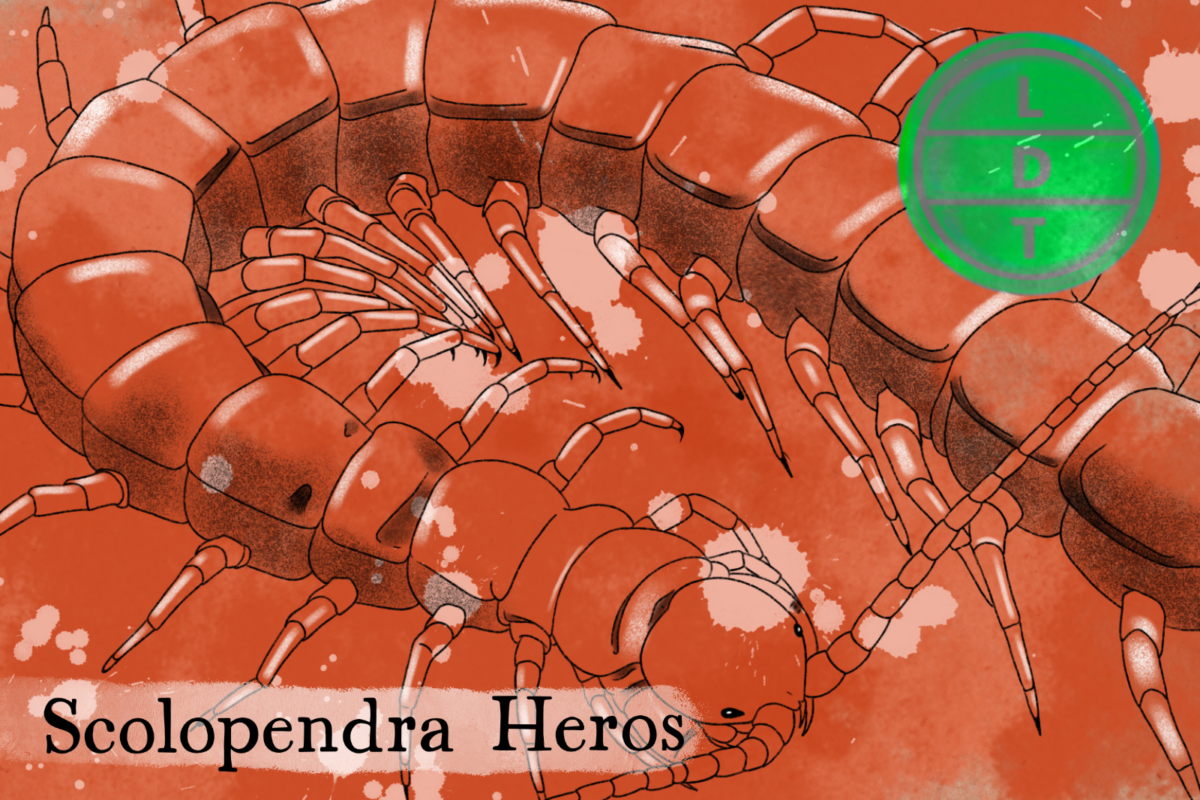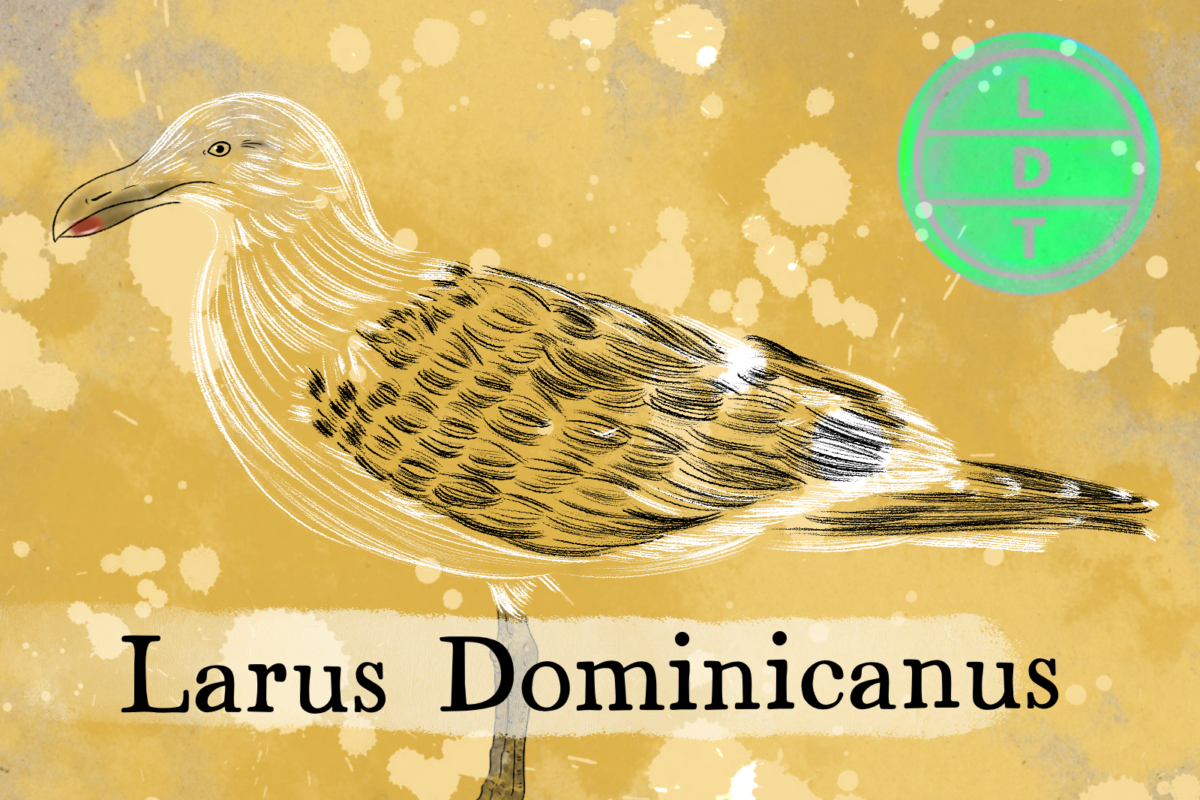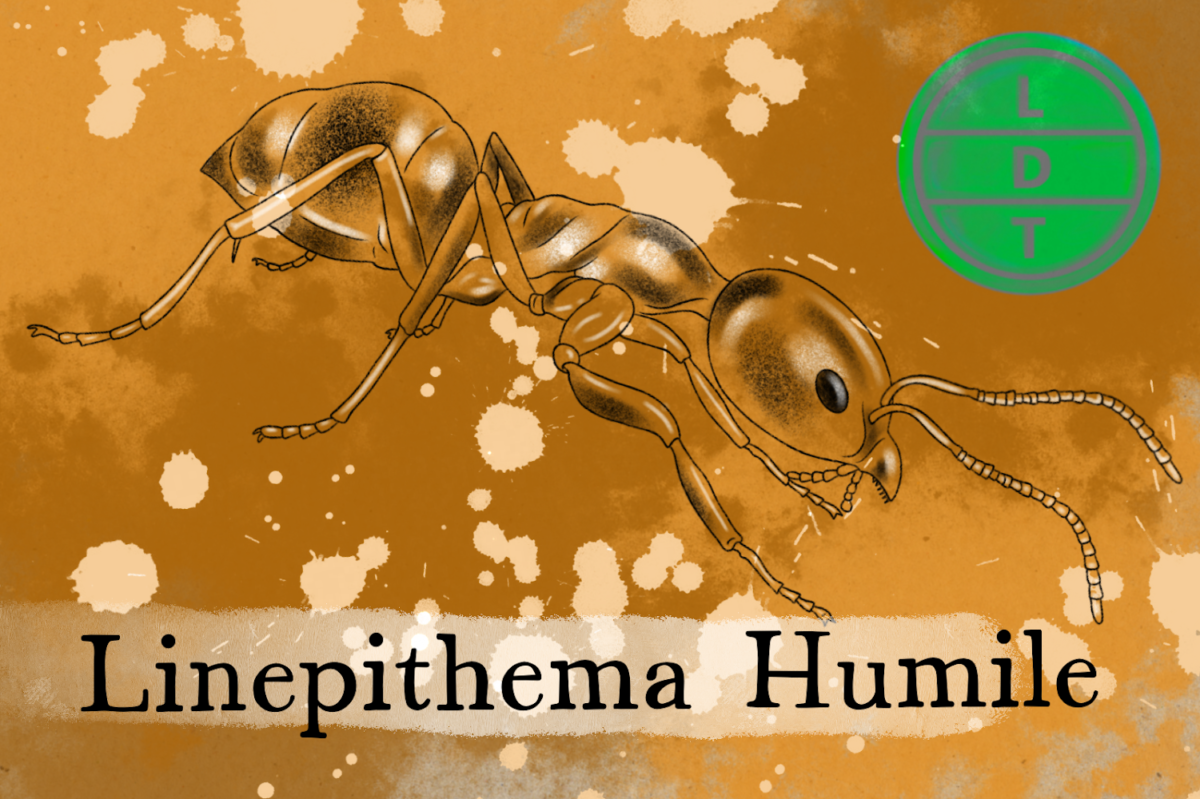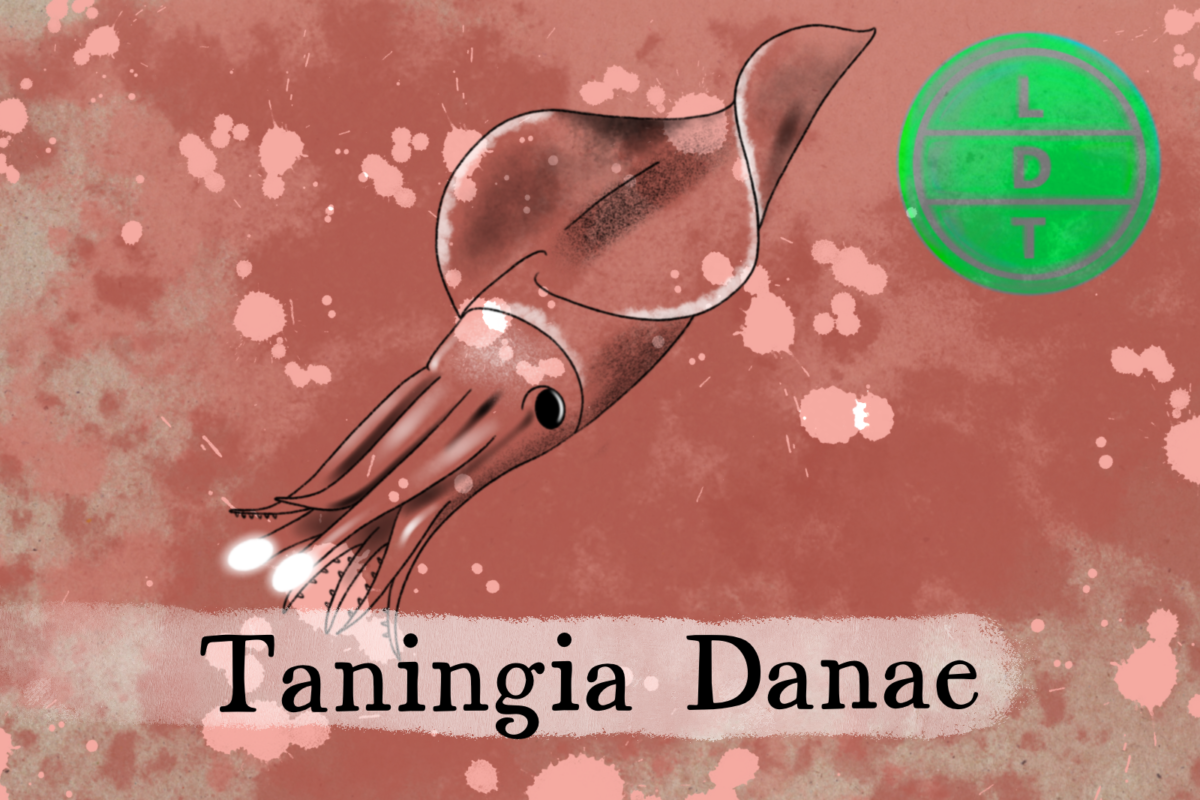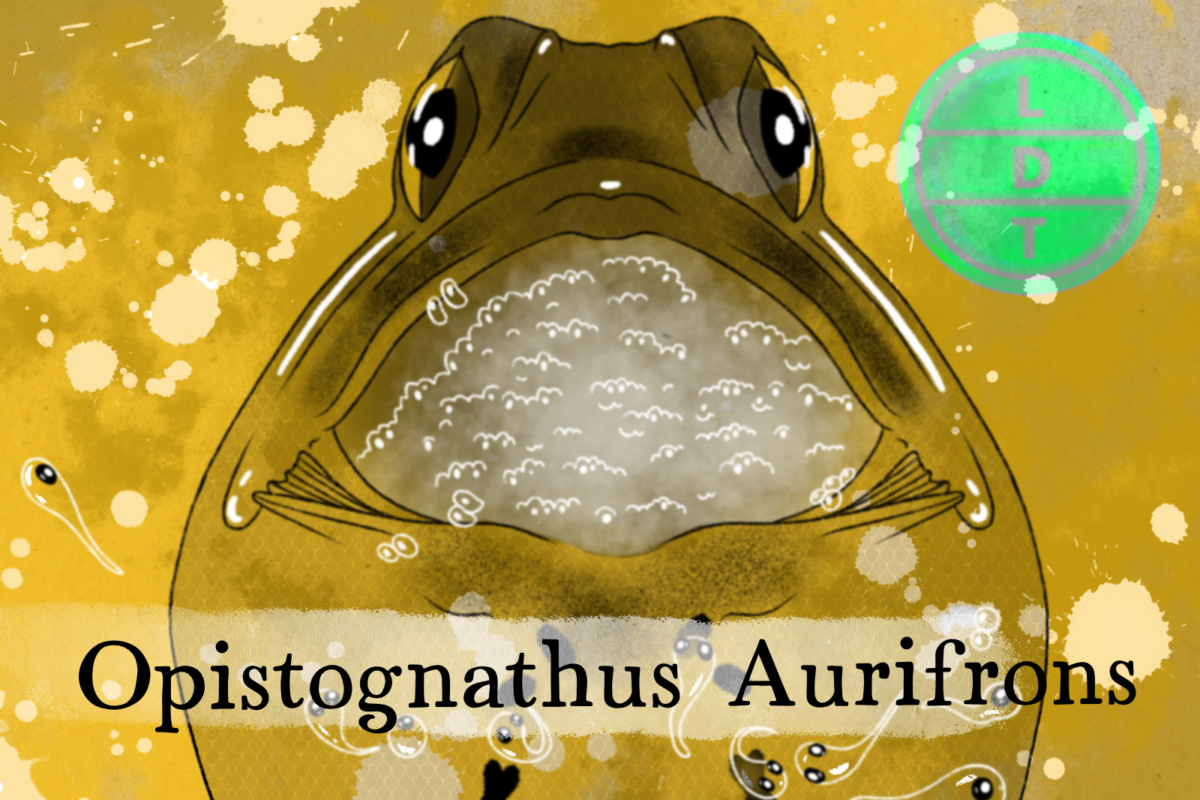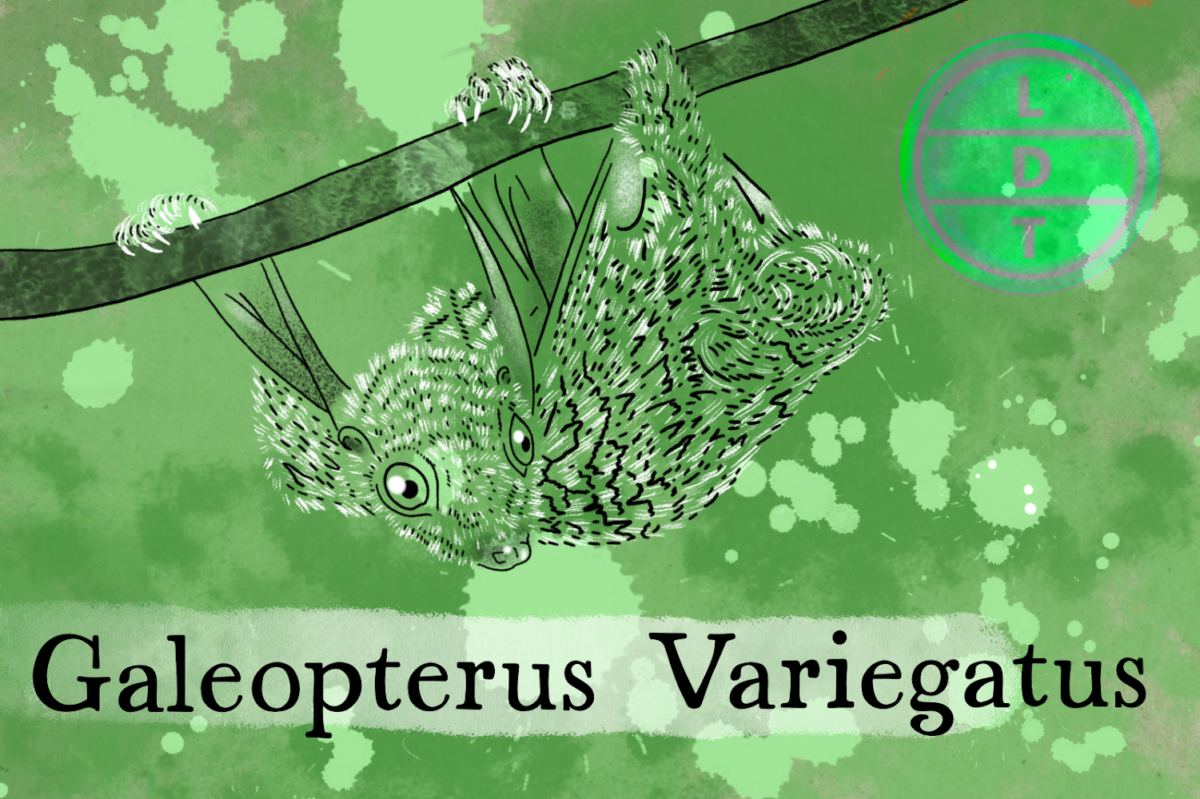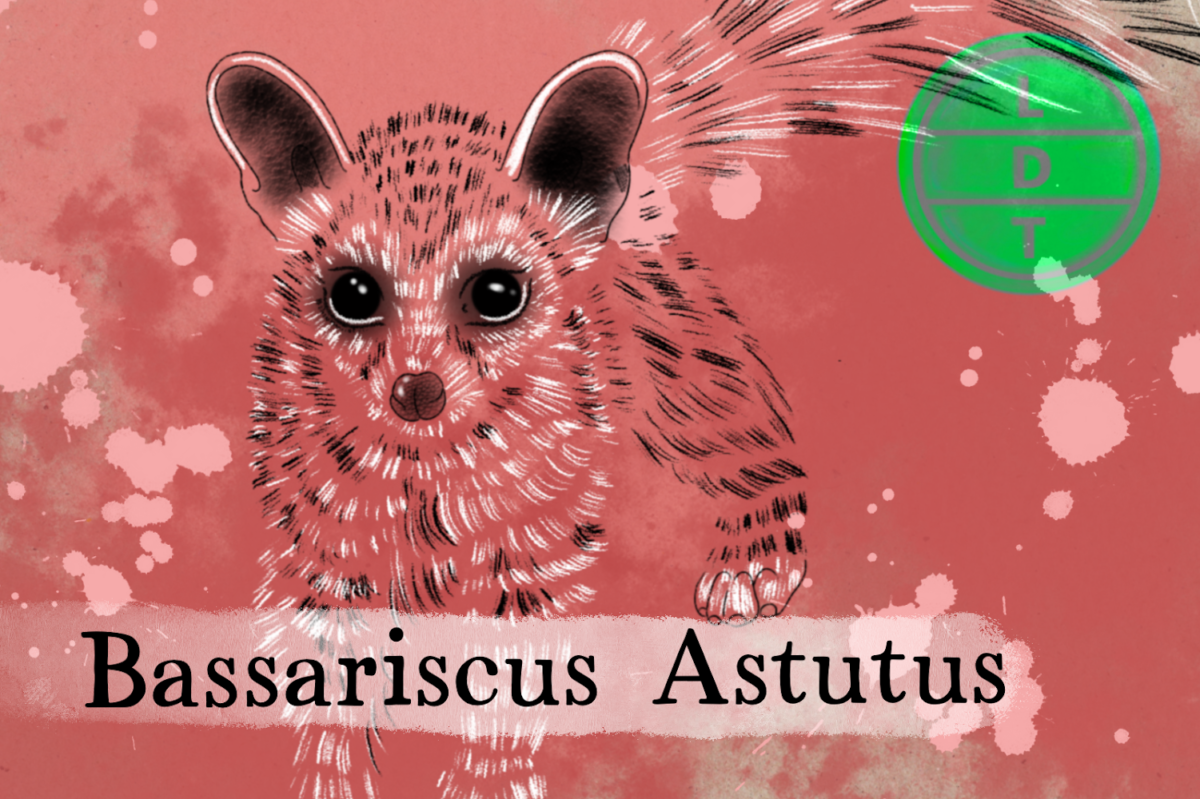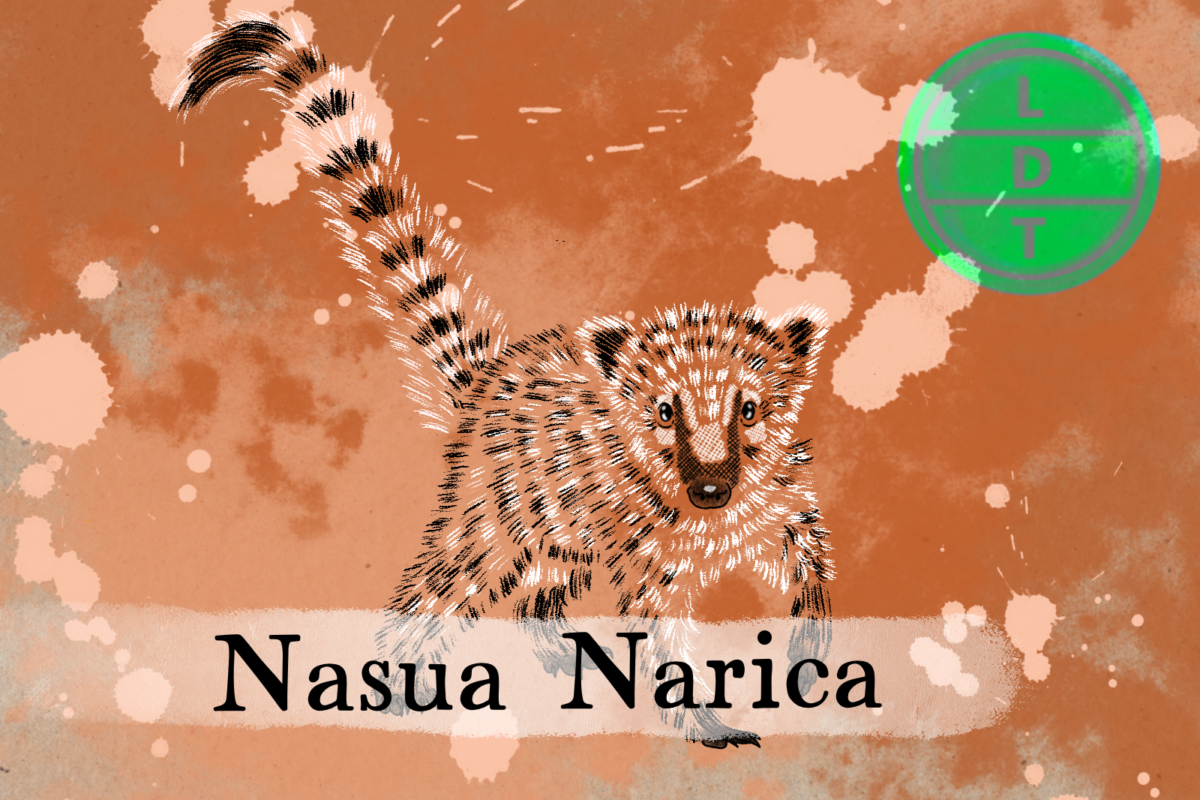“…and today we’re talking about a killer that offers sweet nectar to its prey. More on that later.”
There is a certain dread that strikes the human heart when you learn about an insect that expands its diet to include things like frogs, birds, and–worse yet–mammals. The giant desert centipede is just giant enough to cross into our class for a meal. But it needs more than size to take down large prey. A toolkit with more than one deadly device is exactly what this insect boasts in Life, Death, and Taxonomy.

